
Registration


This study proposes Nordic Walking as a safe, accessible, and effective exercise model for cancer survivors, helping overcome physical activity barriers and improving quality of life.
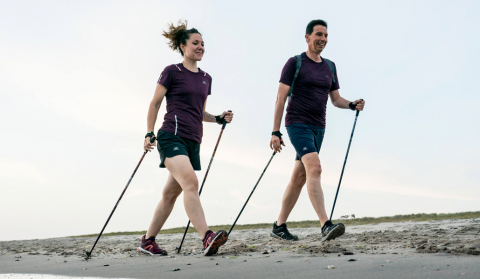
Contrary to popular belief, this study found no significant reduction in lower limb loading during Nordic Walking compared to regular walking, with some tracks even showing slightly higher forces at heel contact.
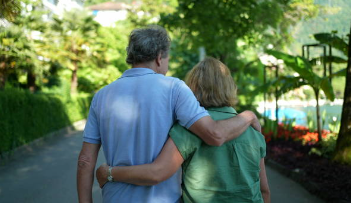
This study demonstrates that elderly people who regularly practice Nordic Walking exhibit gait patterns more similar to younger adults than to sedentary peers, suggesting its effectiveness in preserving gait quality during aging.

Nordic Walking is a full-body exercise that evolved from Finnish health initiatives and has grown into a globally popular, safe, and accessible physical activity suitable for people of all ages.
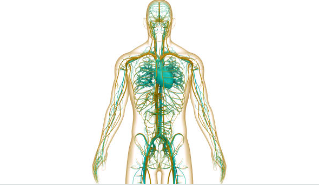
Nordic Walking is a safe, low-impact exercise offering significant physiological and psychosocial benefits for people with lymphoedema, making it an ideal component of holistic care programs.
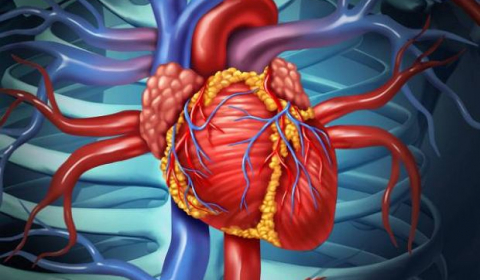
In patients with peripheral arterial disease, a 24-week traditional walking program was more effective than Nordic Walking in improving walking endurance, despite both being safe and structured forms of rehabilitation.
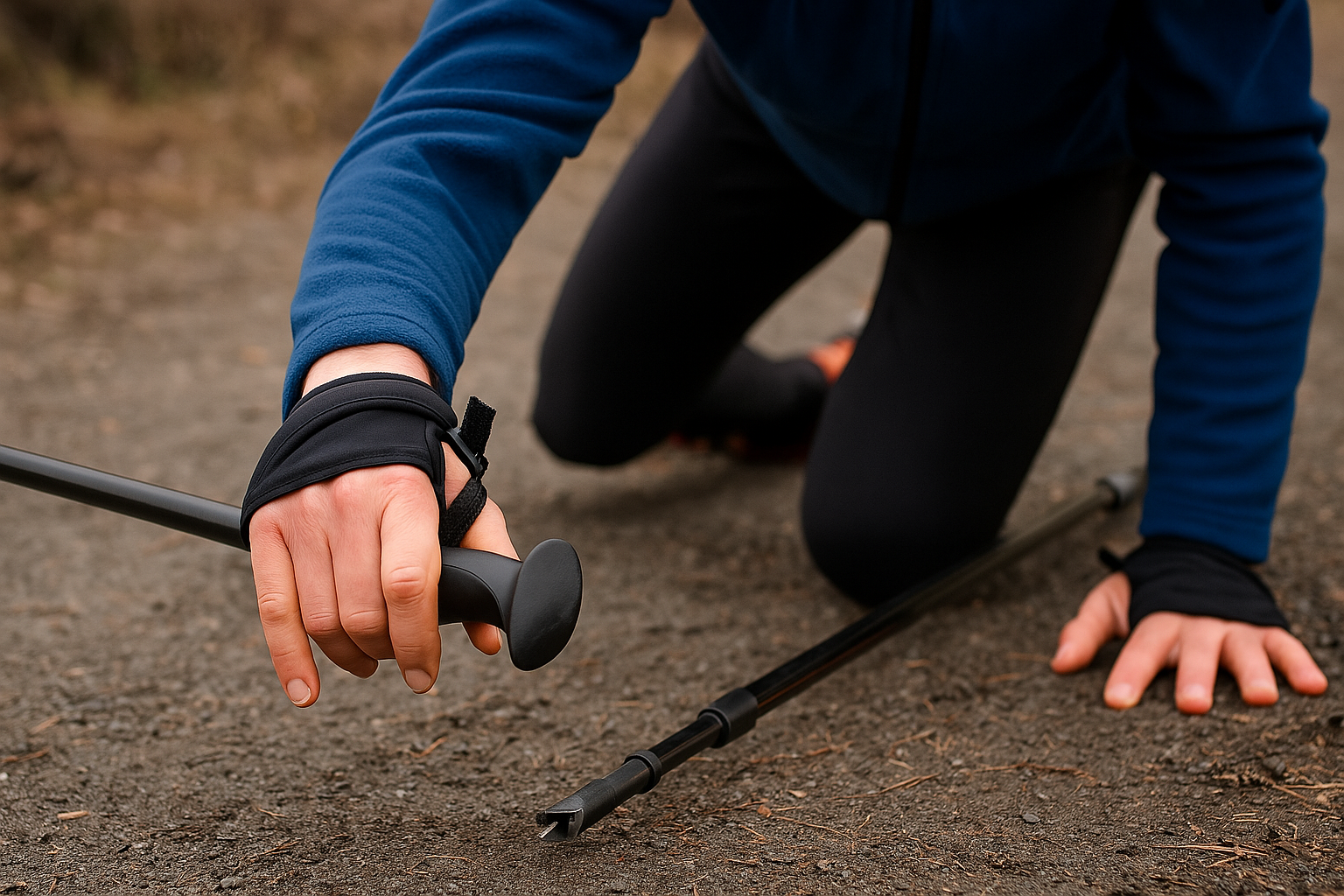
Nordic Walking is a generally safe sport, but this study identifies “Nordic Walking Thumb” as a specific and recurring injury caused by falls with improper pole handling.
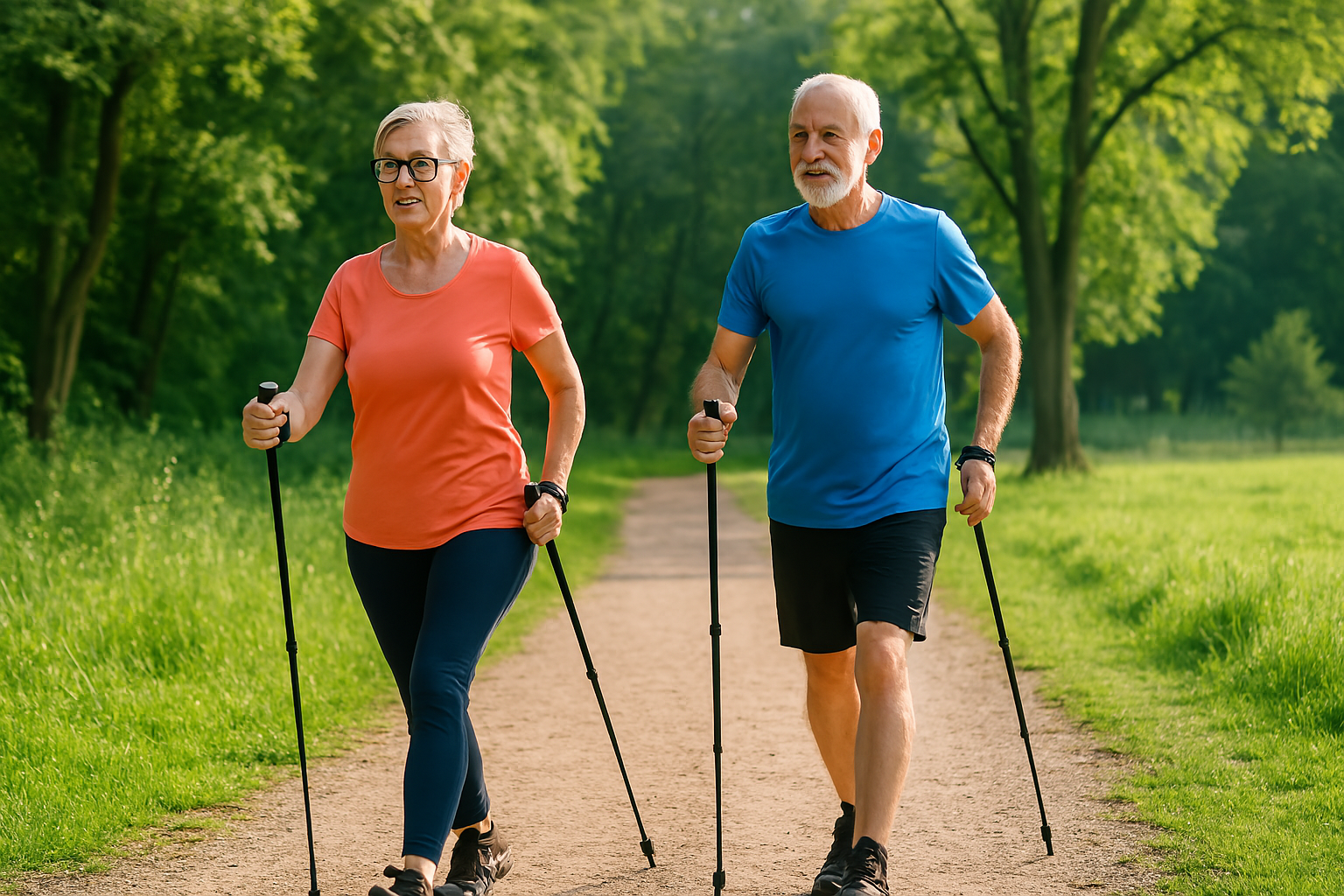
This study confirms that Nordic Walking increases metabolic demand by approximately 11% compared to regular walking, offering a more effective way to boost fitness and upper body strength without extending exercise time.
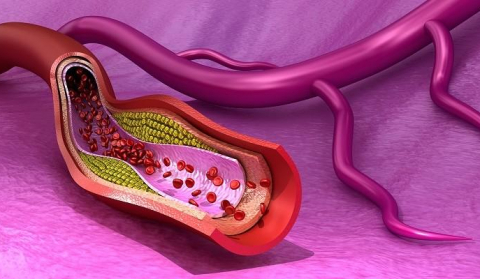
This case report describes a rare occurrence of Mondor’s disease in a man following intensive Nordic Walking training, highlighting the importance of considering new physical activities in the evaluation of superficial thrombophlebitis.

The PAM study investigates whether structured physical exercise, including Nordic walking, can improve cognitive function and brain health in breast cancer survivors who experienced cognitive decline after chemotherapy.

Nordic Walking offers significant physiological and psychological benefits in managing cancer-related fatigue, positioning it as an effective, low-effort therapeutic exercise for cancer patients and survivors.

This article proposes Nordic Walking as a safe, effective, and accessible physical activity to be formally prescribed for patients with lymphoedema after breast cancer, offering physiological, psychosocial, and practical benefits.
© 2024 onwf.org | Original Nordic Walking from Finland